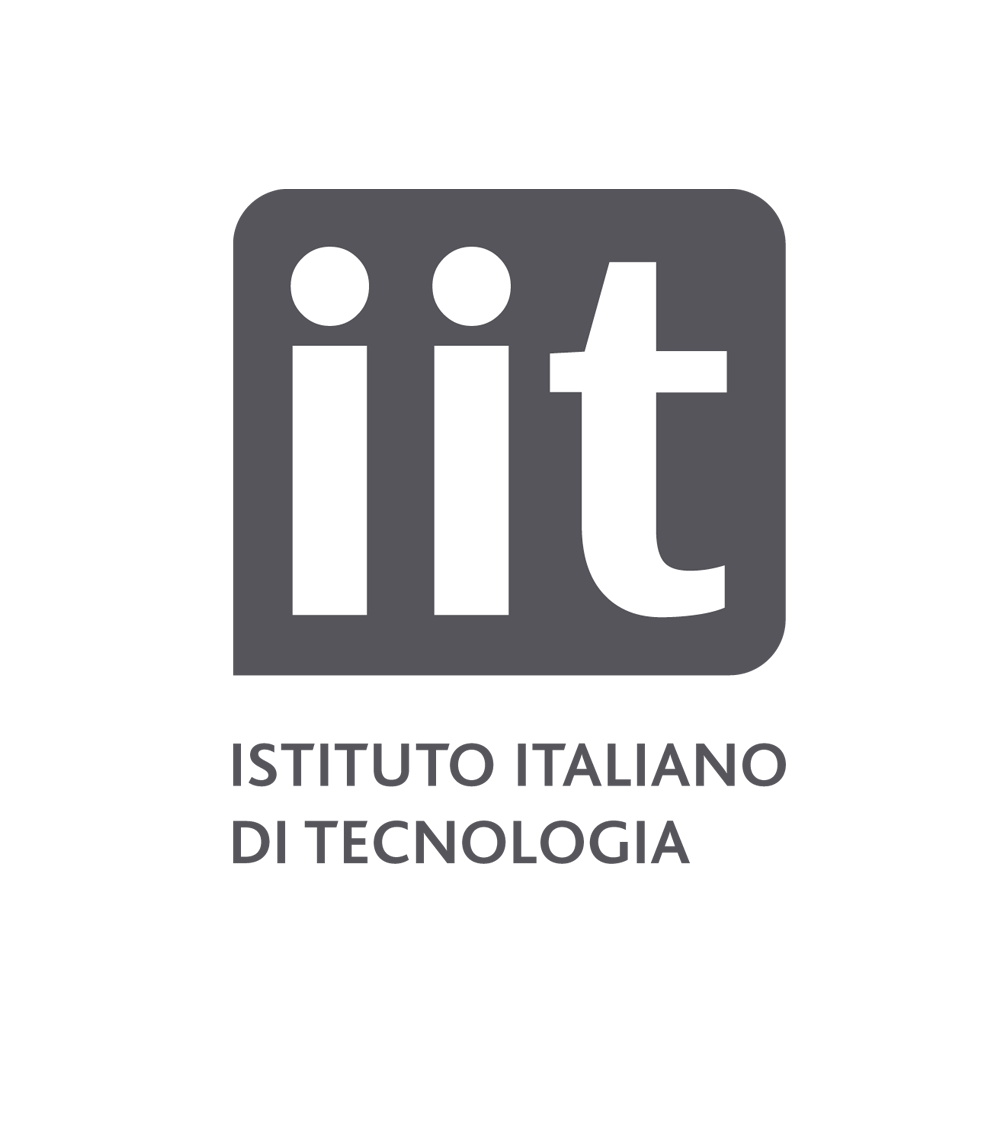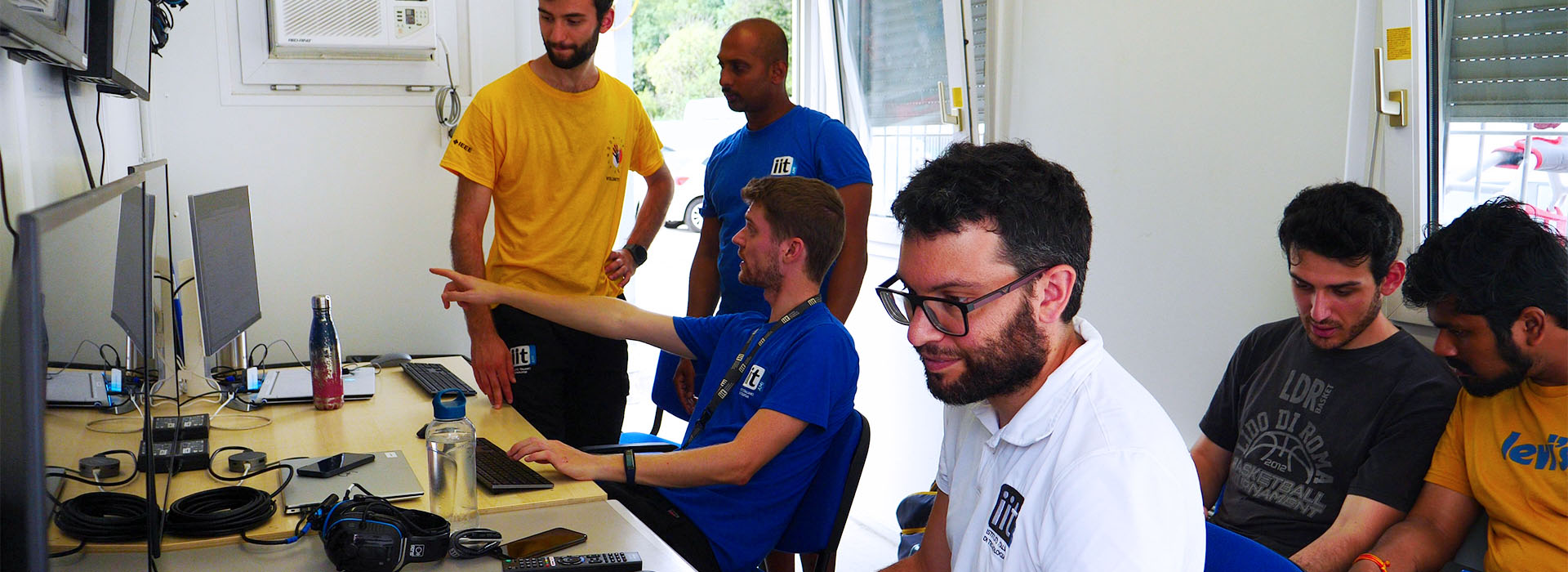
Team Ankle
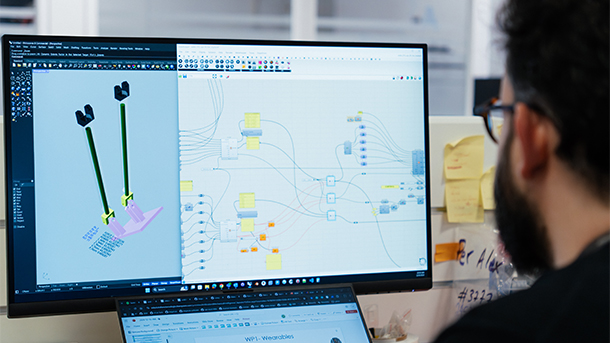
Team Ankle is a joint initiative between AMI and iCub-Tech, dedicated to designing a new ankle mechanism for the ergoCub robot.
The team’s primary goal is to enhance the robot’s performance by enabling more dynamic movements and facilitating seamless environmental interaction.
The team focuses on comprehensive product development, including mechanical design, electronics, firmware, and control systems. A particular emphasis is placed on data-driven methodologies to optimize mechanical design, refining topologies, geometries, kinematic structures, and actuator selection to achieve superior performance.
ergoCub
Team δelta
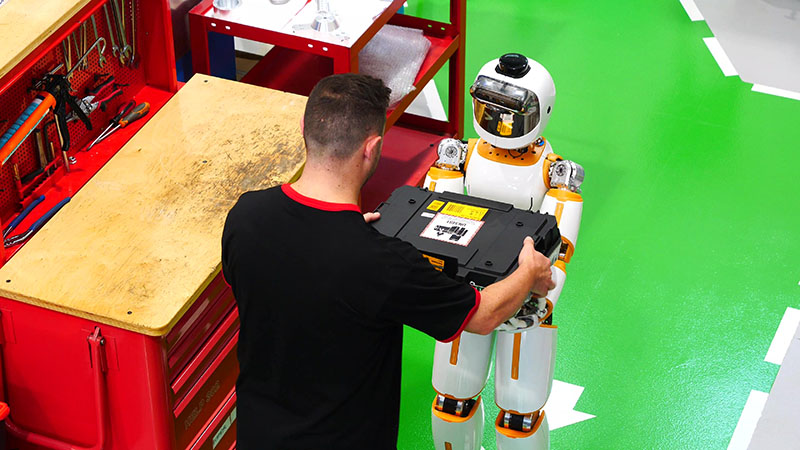
Team Delta aims to craft a robust locomotion architecture for ergoCub, our humanoid robot, facilitating safe interaction with humans and the environment. This sophisticated framework integrates nonlinear optimal control algorithms with machine learning components to deliver precise torque commands, ensuring smooth and reliable movement. Moreover, the team is dedicated to elevating the robot's autonomy levels, enabling it to navigate complex environments and collaborate seamlessly with humans.
Central to this endeavor is the concept of 'physical intelligence,' wherein the robot performs physical tasks such as lifting objects collaboratively to mitigate biomechanical risks and possesses cognitive capabilities. These include perceiving its surroundings, recognizing objects, estimating their attributes, and even recognizing human intentions to facilitate efficient cooperation.
ergoCub
Team X
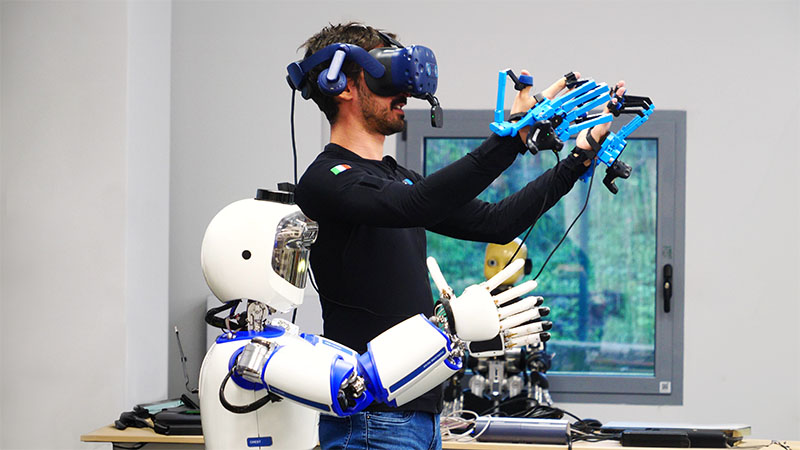
Team X is dedicated to showcasing the capabilities of our robots through captivating and innovative demos. As videos of humanoid robots performing complex tasks gain popularity, Team X focuses on creating compelling demonstrations highlighting our robotic technology's advancements and potential.
These demos are crucial for public engagement and serve as a powerful tool for attracting potential investors by illustrating our robots' practical and versatile applications. By integrating advanced research with innovative demo creation, Team X highlights the current state of robotic technology and paves the way for future advancements and applications.
ergoCub
iFeel wearables
Team Monte Porzio
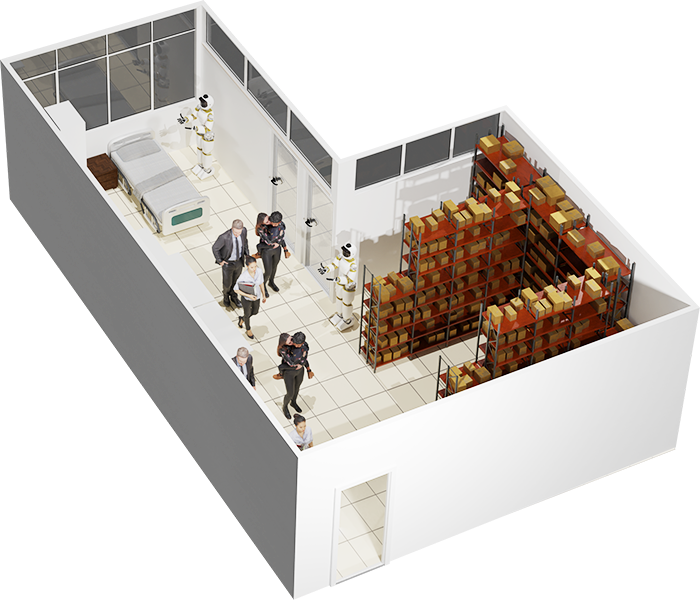
The Monte Porzio team is part of the ergoCub project but operates in the joint lab INAIL-IIT at the INAIL research center in Monte Porzio Catone (Roma). Their focus embeds components from the Delta, Human, and iFeel teams.
ergoCub
iFeel wearables
Team DARWIN
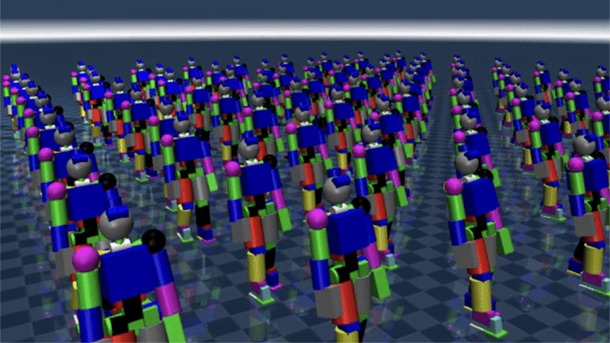
The DARWIN (Differentiable Architecture for Robot Whole Body INtelligence) team aims to overcome current limitations in robot design by developing a new generation of humanoid robots characterized by embodied intelligence and enhanced ability.
This is made possible by leveraging JaxSim — a physically consistent, differentiable simulator designed for co-design applications and accelerated using GPUs.
ergoCub
Team Twin
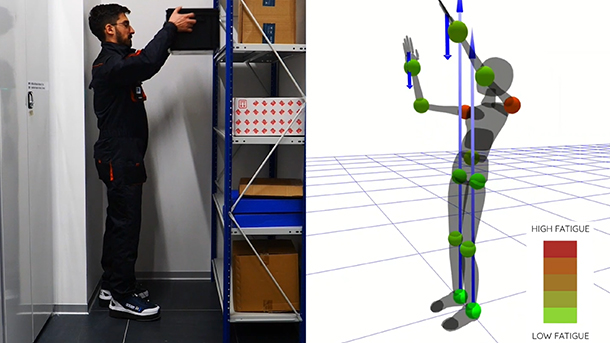
The Twin team integrates expertise in wearable technology and computational biomechanics with the goal of developing a comprehensive digital twin of the human body. Its activities include the design and optimization of the electronic hardware underlying the iFeel wearable system, together with the development of advanced algorithms for biomechanical modelling and data analysis.
By combining sensorised hardware with musculoskeletal and kinematic models, the team aims to achieve precise monitoring of whole-body motion and a robust assessment of biomechanical risks across different contexts, ranging from workplace injury prevention to clinical rehabilitation. Ultimately, the goal is to generate reliable digital representations of human movement and vital parameters, supporting targeted applications while contributing to the overarching objective of enhancing quality of life.
ergoCub
iFeel wearables
Team iRonCub
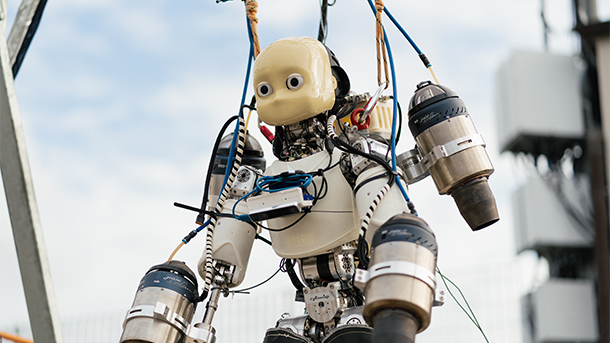
Interest in improving robots' adaptability across tasks and scenarios is rising, and advanced platforms with multi-modal locomotion capabilities are being developed for this purpose. In this context, Aerial Humanoid Robotics is a research field that combines terrestrial and aerial locomotion in humanoid robots.
The iRonCub team contributes to this area by designing a jet-powered humanoid robot, iRonCub, covering all stages from mechanical design to experimentation. Their work encompasses mechanical design, jet engine modeling, QP-based control algorithms development, trajectory planning using MPC and RL, pose estimation with Kalman Filtering, and aerodynamics modeling with validation in a wind tunnel, culminating in actual prototype takeoff experiments.
iRonCub
